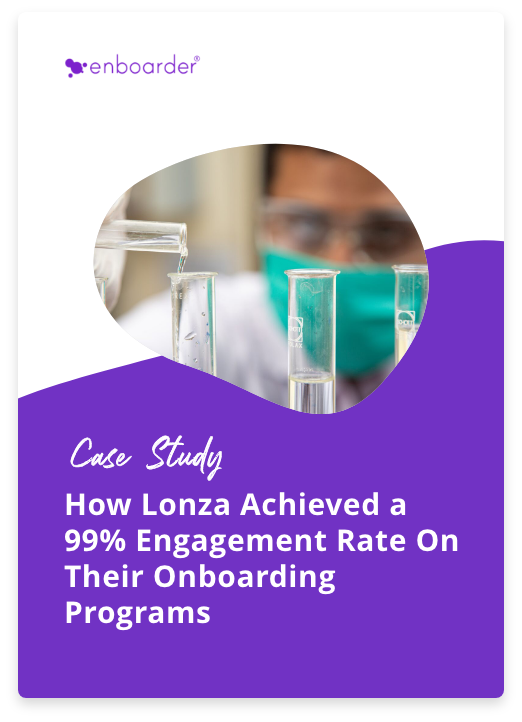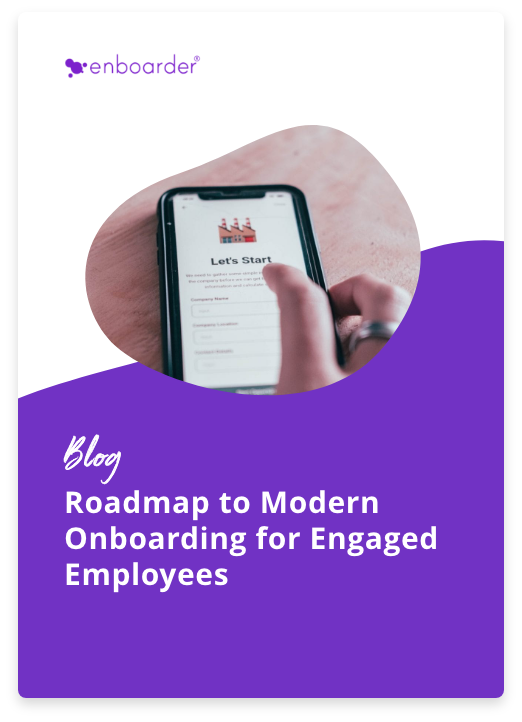Welcome New Employees On Board With a “Wow!”
Create exceptional automated onboarding processes, experiences and transitions that jump-start belonging and get your people excited.

Enboarder for Talent & Onboarding
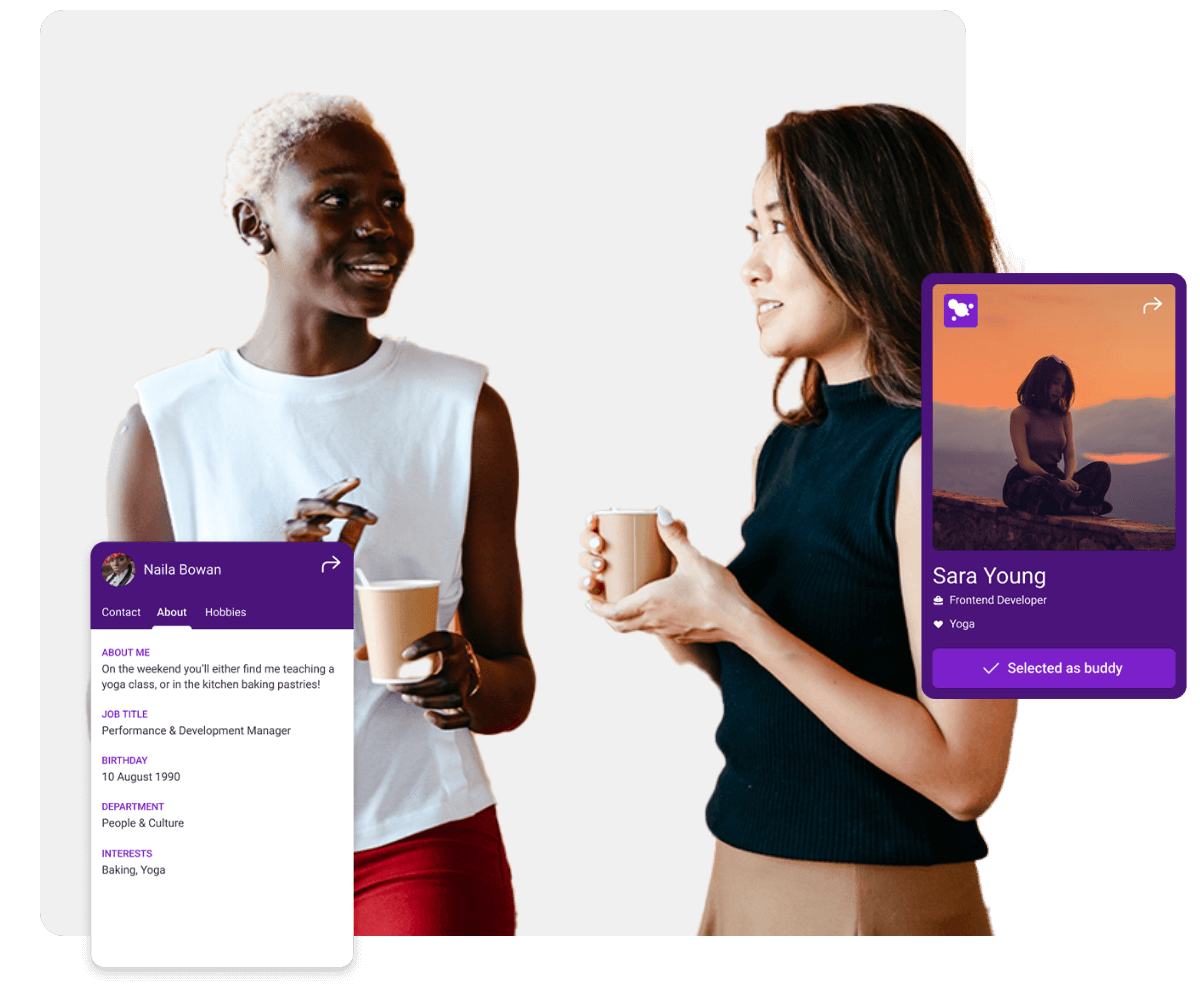
Make Employees Feel Valued From Day Zero
Jump-start belonging in the new hire experience — with a flow of meaningful, memorable, and fun moments of connection.
Help Managers Become Memory-Makers
Offer ideas and inspiration to lift the burden on managers and guide them to create a consistent, dazzling first impression.


Deliver Unique Onboarding at Scale
Create and adapt employee journeys based on data and feedback to deliver a truly personalized onboarding experience.

YoY decrease in 6-month leavers
– Enboarder
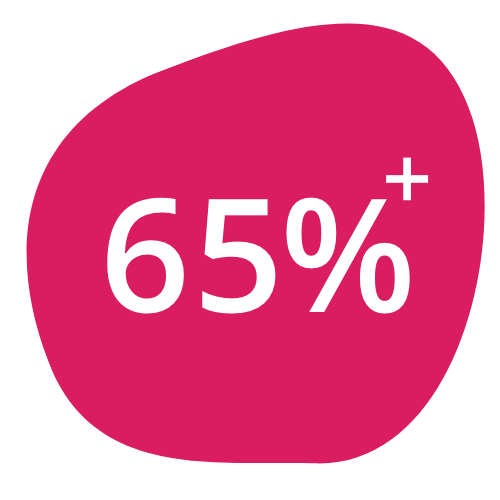
Increase in new hire productivity
– Enboarder

Reduction in new hire no shows
– Enboarder
See Enboarder In Action
Use Cases

Candidate Experience
Surprise and delight candidates from the moment they apply through pre-boarding.

Onboarding
Create consistently exceptional onboarding experiences that your new hires and managers will love.

Parental Leave
Help new parents feel supported and connected as they experience life’s biggest moments.

Offboarding
Nail your last impression with a positive farewell that reinforces your brand and future talent pool.

Alumni Networks
Build a tight-knit community that turns goodbyes into see-you-laters.
Elevate Employee Onboarding Processes:
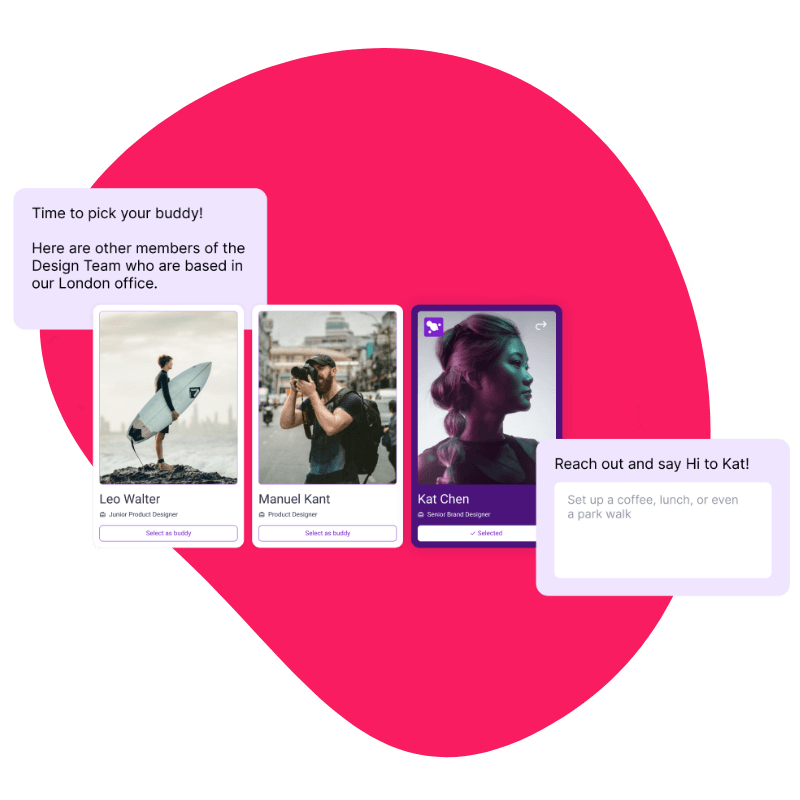
Introduce New Best Work Friends
Connect people with the buddies, mentors, and allies who will help them succeed in their new role.
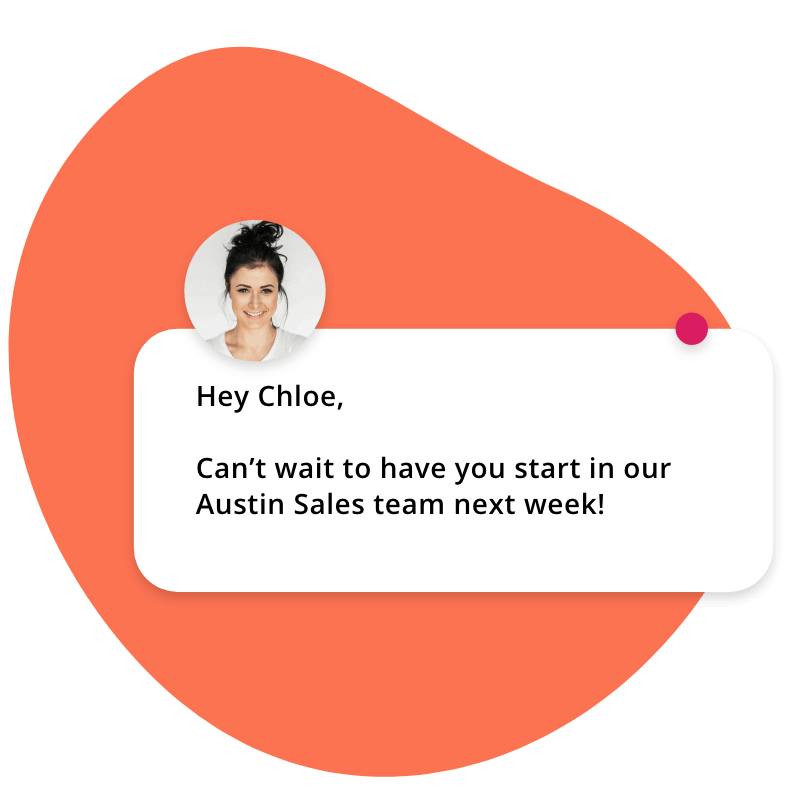
Form Immediate Emotional Ties
Help employees feel immediately included and embedded in your culture — and less likely to churn.
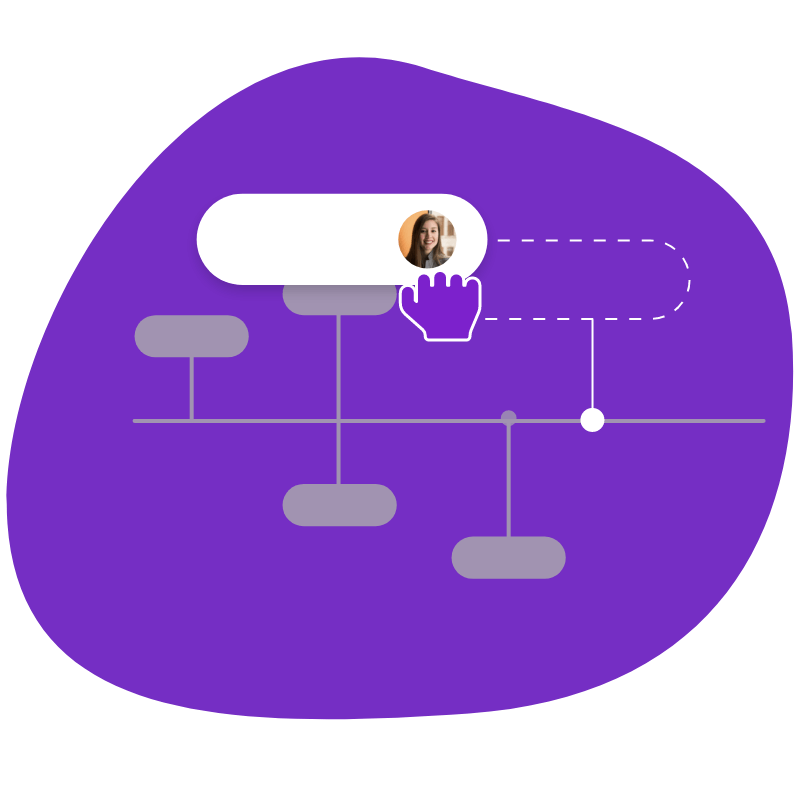
Deliver Personalization at Scale
Customize experiences quickly and easily with our no-code interface and dozens of integrations.
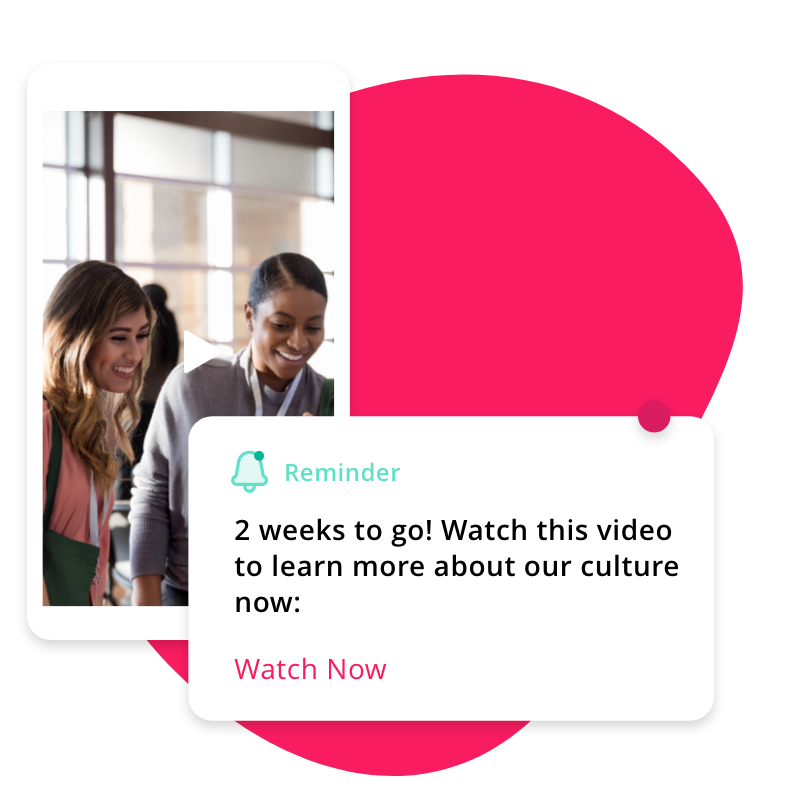
Set New Hires Up for Success
Pre-board with helpful instructions and equipment requests to jump-start time to productivity.

Wrangle Your Hiring Managers
Provide a flow of prompts to help managers create a consistent and equitable onboarding experience.
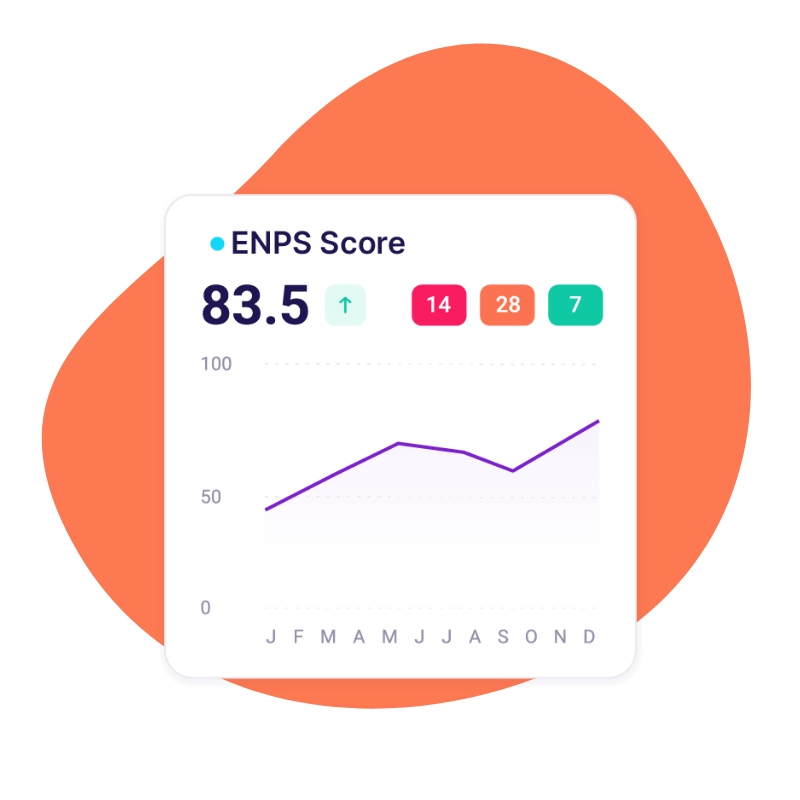
Build a Best-in-Class Employer Brand
Include and support employees from day one and watch engagement, eNPS, and referrals soar.
Why Human Connection Matters in Employee Onboarding Software
Onboarding is your first opportunity to build connections with new employees. When employee onboarding software is used to create authentic human connections it will instantly create “wow moments” that help new hires feel they belong in your company. HR onboarding software helps to make these meaningful, positive experiences with managers and peers. Plus onboarding software helps to consistently promote inclusion and lays a better foundation for future cooperation and success.
Employee onboarding automation will also help you to streamline and elevate crucial information during onboarding and throughout the employee lifecycle. That makes hiring, onboarding processes, and internal moves a lot less stressful for everyone.
Employee onboarding software that encourages human connection is also fantastic for your employer brand, helping to expedite the hiring process, reduce new hire attrition, and generate amazing word of mouth referrals.

“Our company pillars are personalization, human touch, and education, and I think that’s what Enboarder helps us bring is that human element. We talk about our culture, about being a tribe, and being a collectiveness, and that’s what Enboarder helps us bring to life.”
Sarah Beardsworth,
HR Director
Resource Center
Stories, research, and templates to help you leverage the power of human connection in your workplace.

Make the Connection
Get a guided tour of Enboarder’s employee communication and workflow platform.

